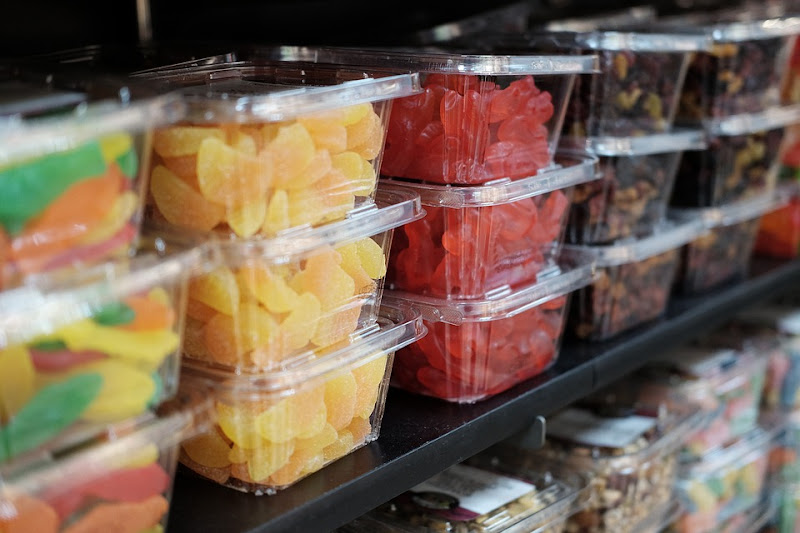The food industry continues to evolve to adapt to the changing food preferences and needs of consumers. At the same time, the food market is also a competitive one, and packaging is one of the marketing areas that manufacturers strive to excel in. Colorful labels, attractive images, and fantastic health benefits, and various other methods are employed in packages to make them appealing to consumers. There are several kinds of misleading food packaging that result in customer dissatisfaction and possible adverse health effects. Here, you will know some things to look out for and things to avoid in food packaging that will help you protect your health and safety.
Food-Specific Package Design
Manufacturers and packaging companies should design a package that is ideal for the type of food or drink. Most beverages and foods come in resealable packages ranging from stand-up pouches, resealable cap bottles, flip-top cap bottles, and many other designs. Packaging can be tricky when it comes to pouches and other packages that adjust to the form of their contents, which is why flexible packaging is needed to protect the contents and the consumers. Resealable packages help protect foods and drinks from contamination, chemical reactions, and exposure, which can affect the quality and taste of the products. Resealable packaging is also environment-friendly, as it reduces the immediate disposal of small packages. You can also purchase custom stand-up pouches from online retailers that are more eco-friendly.
Durability and Safety
Food packaging companies have to consider a number of different things when finding the best packaging for consumable products. One of the factors they have to take into account is how the goods will be transported safely to get these products from the manufacturers to the consumers. A great method these days would be using corrugated plastic boxes that are designed to be sturdier and more durable than their cardboard counterparts. Cans, bottles, bags and boxes come in various designs to make them more resilient while being handled and offloaded from manufacturers, distributors and up to the stores. Deformed packages can affect the taste and shorten the shelf life of food items so it’s important to avoid the products with damaged or dented packaging.
Look for the Nutritional Information
Different countries have regulations and requirements regarding the information printed on food and beverage packaging labels. The nutritional information is first discussed here because it is one of the most overlooked details by consumers at the time of purchase. Consumers need to be diligent in their food product selection by checking the packaging labels for important information. Check for the list of ingredients if you have food allergies or dietary restrictions. Check for the serving size to know how much of your daily nutritional needs are met by the product. For health-conscious individuals and those watching their weight, energy content – expressed in calories – is an essential piece of data to look out for. The percentage daily intake covers all the nutrient content a food product has and how much of our recommended daily amount of nutrients can be obtained in one serving. Sodium, fat, cholesterol, carbohydrates, protein, and fiber are some of the nutrients you need to check from the labels.
Look for Other Vital Product Information
All the necessary information about a product should be clearly stated on the labels of packaged food and beverages. The name of the product, the manufacturer and distributor addresses, the weight of the product, and the ingredients are the fundamental data that should be included in the package label. The product’s expiry or “best before “date should also be clear and easy to identify. Allergen information should also be stated by food products so that consumers with food allergies and reactions can avoid them. Product labels should also have barcodes for product identification, tracking, and organization.

As consumers, we rely on food packaging and labels for information about the food and beverages we buy and consume. While most manufacturers make it a point to make their packaging of reliable quality and the information on their labels are accurate, there are still a few who skimp on these practices. Being informed about what to look for and avoid in food packing can empower us to make wise buying choices. The next time you hit the grocery store, take your time checking the packages and read the labels.

